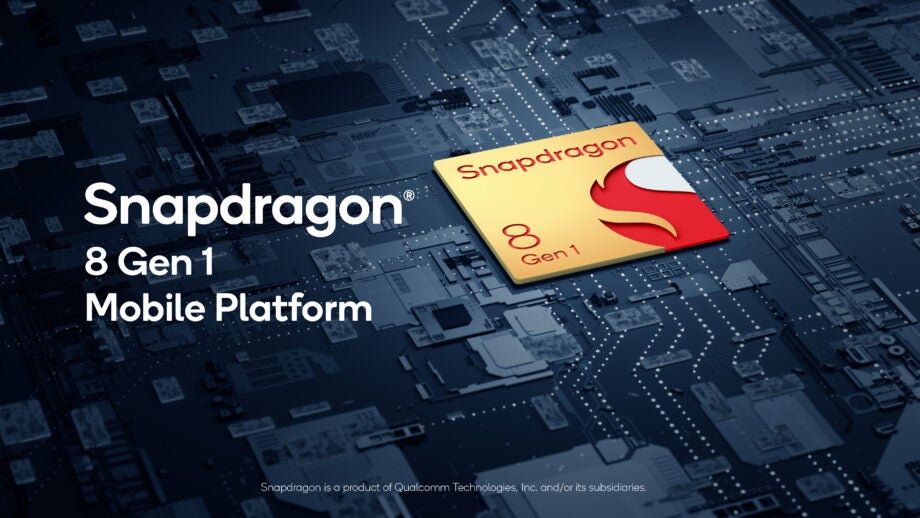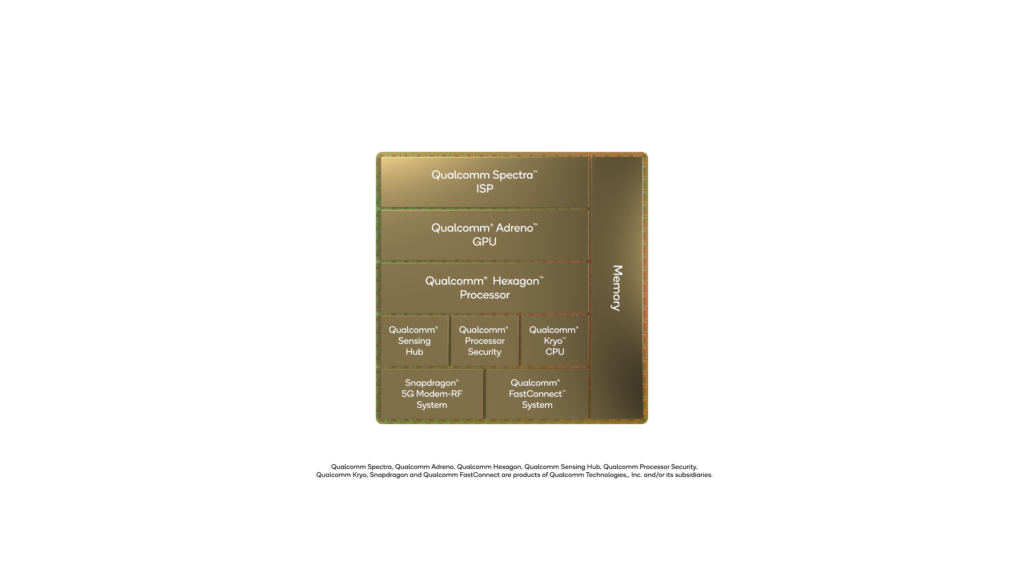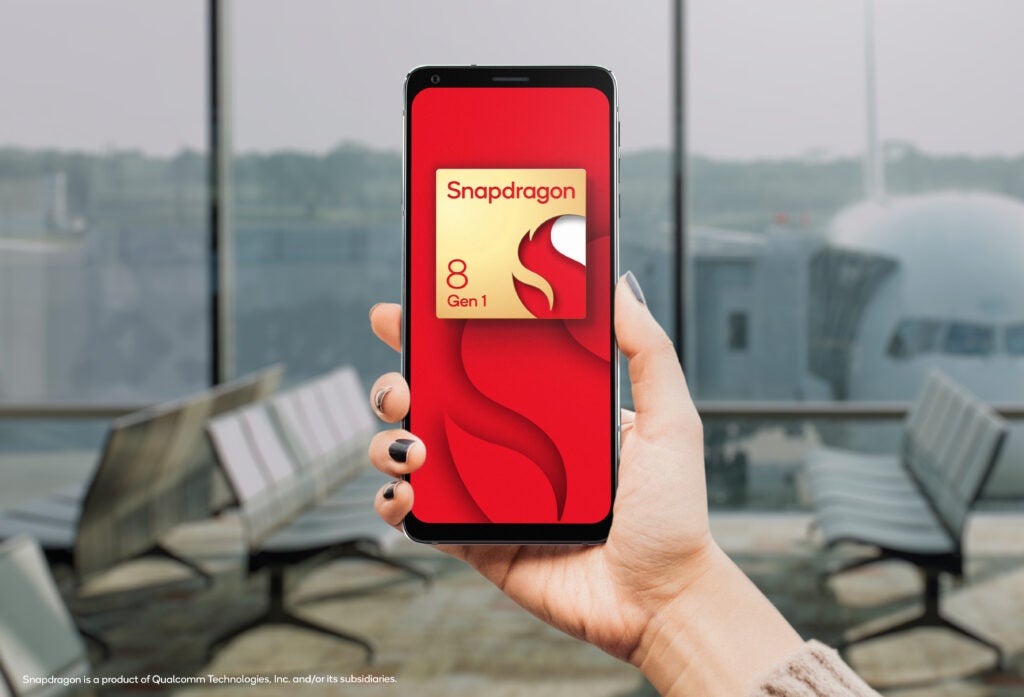Snapdragon 8 Gen 1 vs Snapdragon 888: What’s new?

Qualcomm recently just announced its latest mobile platform, the Snapdragon 8 Gen 1. Here’s how it compares to what came before.
It’s that time of the year again, when Qualcomm hosts its annual tech summit, with announcements of the future Snapdragon chips that will be powering future Android phones.
And this year has not disappointed, bringing in the new Snapdragon 8 Gen 1 chip, which seems to greatly outpace its predecessor in all areas.
While we haven’t had the chance to test the latest chip just yet, here is everything that we know right now about the new mobile platform, and how it differs from the Qualcomm Snapdragon 888 chip.
Huge GPU upgrades
Qualcomm has been focusing on making mobile gaming more responsive; the re-architectured Qualcomm Adreno GPU offers up 30% more power and 25% more efficiency than its predecessor. Of course, we’ll be testing the Snapdragon 8 to confirm these claims, but if true, it would make this chip substantially faster than the Snapdragon 888.
The company is also claiming that Adreno can deliver twice as many frames while using the same amount of power, alongside Variable Rate Shading Pro, which is a mobile-first feature that offers more control for game developers to further tune game performance.
The last chip utilised Variable Rate Shading, not the Pro version the latest chip now uses.

The next era of 5G
The Snapdragon 8 is the company’s most advanced 5G platform ever, with a 4th-gen Snapdragon X65 5G Modem-RF System, it offers faster speeds and supports more networks, frequencies and bandwidths on a global scale.
Qualcomm is also claiming that it is the first 5G modem-RF solution to reach 10-gigabit download speeds, so you can stream games and media faster. The Qualcomm FastConnect 6900 Mobile Connectivity System also supports fast Wi-Fi speeds, with a downlink of up to 10Gbps.
Meanwhile, the Snapdragon 888 chip uses the 3rd-generation Snapdragon X60 5G Modem-RF System. It cannot reach the same download speeds that Qualcomm is saying the Snapdragon 8 can meet, with a downlink of up to 7.5 Gbps.
By no means is the Snapdragon 888 a slow mobile chip, but in terms of 5G connectivity, it seems to have been beaten out by its successor. We can say the same for the 888+ chip as well, which was packing the same specs as the original.
More AI experiences
Qualcomm claims its new mobile system democratizes AI, bringing in more features to create a slicker experience. Snapdragon 8 features natural language processing from Hugging Face, which allows your device to analyse and group your notifications.
The company claims that the Qualcomm 7th-generation AI Engine is four times faster than the previous generation, equipped with the Qualcomm Hexagon processor that has a two times faster tensor accelerator and two times shared larger memory than Snapdragon 888.
Finally, the 3rd-generation Qualcomm Sensing Hub can capture your activities and registers them automatically. This always-on AI system can process more data streams while using less power in a new architecture system. You’ll even be able to unlock your phone without touching it with face recognition, which wasn’t possible with the Snapdragon 888.
Looking back at the previous chip, Snapdragon 888 used the Qualcomm Hexagon 780 processor and the 6th-generation AI from Qualcomm. It also used the 2nd-generation of Qualcomm Sensing Hub, which featured on-demand AI instead of always-on.
While we can’t comment on how much better the new AI is compared to the old, it seems that this generation is offering more features and real-world applications of its technology than the last version.

Capture 8K HDR video
Snapdragon 8 Gen 1 is also bringing updates to its camera and audio; Snapdragon Sight Technology includes the first 18-bit ISP for mobile, which can capture over 4000x more camera data than its predecessor.
It can capture better dynamic range, colour and sharpness at speeds of up to 3.2-gigapixels per second, alongside being the first 8K HDR video capture in a mobile platform that can film in HDR10+ format. In a similar pattern to the other upgrades, Qualcomm seems focused on driving down power consumption, which is why the new always-on ISP runs the camera with extremely low power consumption, so users can experience always-on face unlocking.
Looking back at the Snapdragon 888, it can capture three 4K HDR videos at the same time, with true 10-bit HDR photo capture. It cannot film in 8K HDR and doesn’t support HDR10+ technology, so you can expect more impressive photos from the latest mobile platform.
The Snapdragon 888+ is slightly more impressive here, as it can encode and decode in 8K, however, it also doesn’t have support for HDR10+.
Early thoughts
All in all, we won’t know for sure how fast the Snapdragon 8 Gen 1 mobile platform is before we get our hands on it for testing, but the specs so far look very promising.
With an updated GPU and AI system, alongside more impressive camera features, it seems like Snapdragon 8 Gen 1 beats out Snapdragon 888 in every arena, with better speeds, efficiency, and overall lower power consumption.
If you’re interested in how Snapdragon 8 Gen 1 performs, be sure to keep checking back with Trusted Reviews, as we’ll be testing out the chip as soon as it becomes available.


